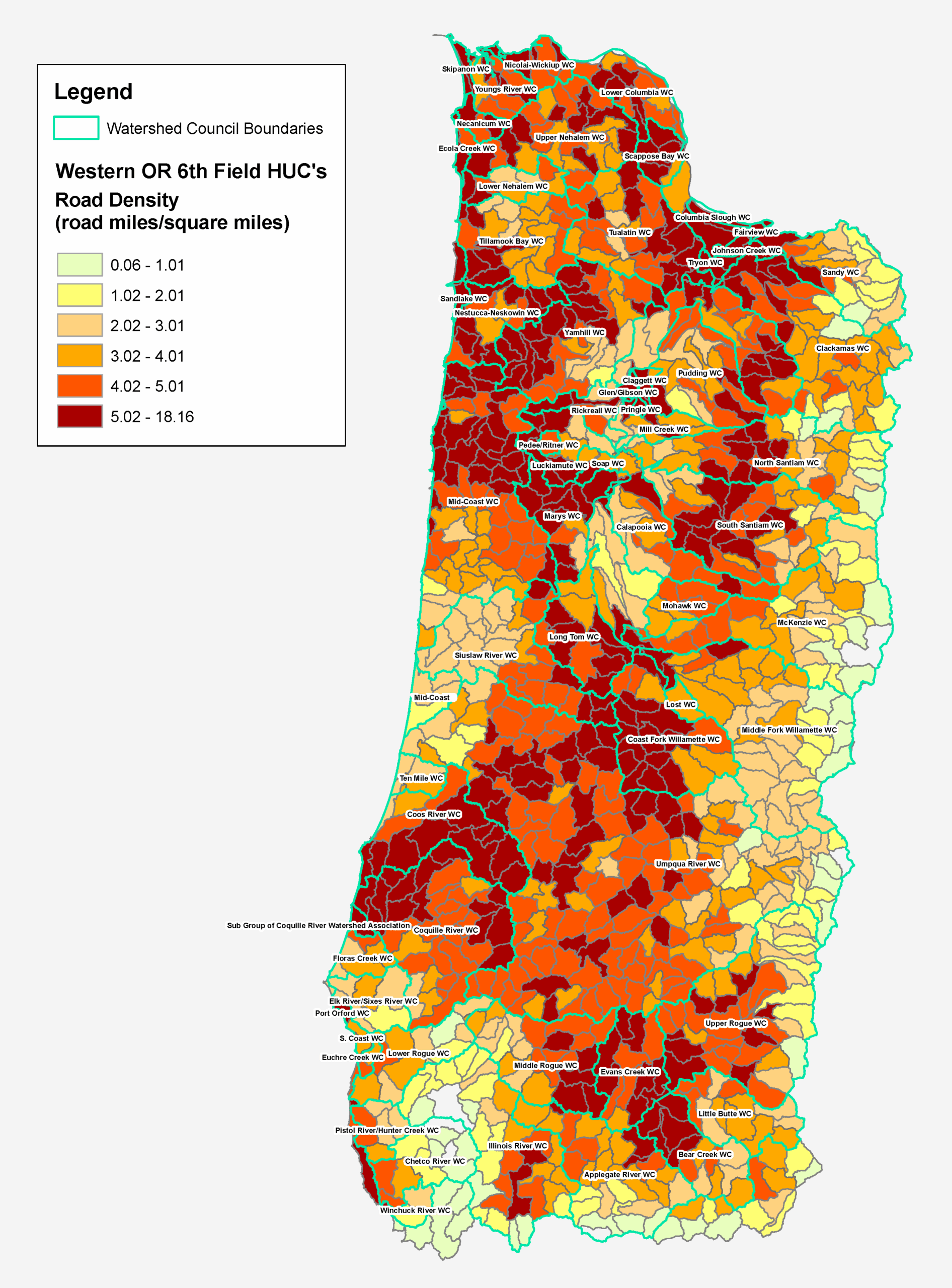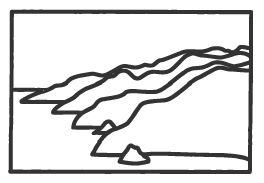Aquatic Conservation Strategy (ACS)
Aquatic Conservation Strategy (ACS)
Coast Range Association work to protect streams, water quality and native salmon has been a priority since the collapse of coastal salmon populations in the early 1990s. After the collapse of almost all Northwest native salmon populations, numerous salmon stocks were protected under the Endangered Species Act. A science review recommended listing the Oregon Coastal Coho but the timber industry flexed its power over state politics. The state of Oregon convinced federal authorities not list the Coastal Coho.
The state argued that a voluntary Oregon Plan to restore stream habitat would be more effective than federal regulation. At the time, CRA staff person Lisa Brown worked with Earthjustice attorneys to overturn the decision. We were successful and in 1997 federal courts required the ESA listing of Coastal Coho.
The crisis of coastal salmon was caused by the loss of freshwater stream habitat, the impact of hatcheries and freshwater and ocean over-fishing. Under the ESA, the land-based habitat burden for species recovery falls on federal lands. Therefore, the Northwest Forest Plan’s Aquatic Conservation Strategy (ACS) rose to prominence in our work.
Our Main ACS Work Products
Aquatic Resource Protections in the Northwest Forest Plan: Evaluating Potential Consequences of Proposed Riparian Reductions for Clean Water, Streams and Fish
CONSERVATION OF AQUATIC AND FISHERY RESOURCES IN THE PACIFIC NORTHWEST: Implications of New Science for the Aquatic Conservation Strategy of the Northwest Forest Plan
CRA Western Oregon Road Density Analysis:
Reading the above science review documents reveals that a particular problem for freshwater salmon habitat is the negative impacts of logging roads. As part of a 2012 ESA listing review of the Oregon Coastal Coho, we used WOPR-1 data and conducted a road density analysis for Western Oregon. The results were shocking. Every sub-watershed dominated by corporate timber ownership has a road density far in excess of is needed for healthy stream habitat conditions.

How You Can Help
A Better World Is Possible
A new forestry and a new rural economy is possible. Help us find practical solutions that bring people together.

